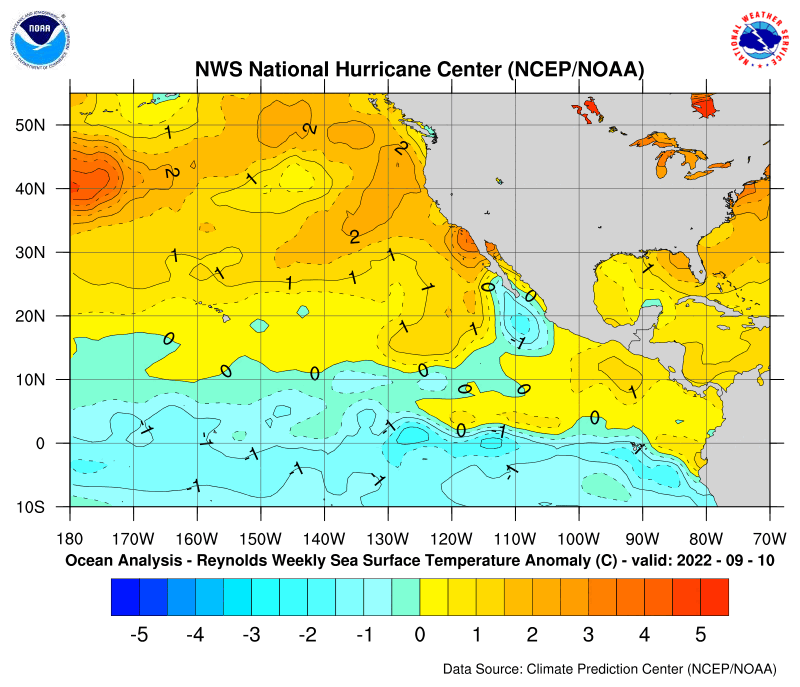From the BoM.
Australian Government Bureau of Meteorology
Northern Territory
Darwin RSMC - Australia
Weekly Tropical Climate Note
at 1400 CST Tuesday 17 January 2006
El Nino-Southern Oscillation Update
The 30-day SOI has mostly been within one standard deviation of the long-term mean from the middle of June, with an upward trend from late August until a peak in mid November. On 14 January it was +5, with contributing pressure anomalies of +0.7 hPa at Darwin and +1.7 at Tahiti. The official monthly SOI for December was +1 and its 5-month running mean centred on October was also +1.
Other indicators are also generally supportive of the El Nino Southern Oscillation remaining within the neutral range, though some weak La Nina characteristics are apparent. The east Pacific near-equatorial sea-surface temperature [SST] cool tongue is slightly cooler than normal, with larger cool anomalies apparent in the sub-surface. The easterly trade winds over much of the near-equatorial western Pacific have been mostly been stronger than average in recent months while westerly wind anomalies have typically been observed in the tropical eastern Indian Ocean. This pattern is consistent with an enhanced Walker Circulation, with Australian and Indonesian longitudes being the broad focus of recent tropical convection. Outgoing longwave radiation [proxy for cloudiness] is consistent, showing increased tropical convection over this region.
See
http://www.bom.gov.au/climate/enso/ for the Bureau's "ENSO Wrap-Up", including links to a compilation of ENSO model predictions. The majority of these models, including the Australian POAMA model, suggest neutral conditions are likely to persist at least through the [southern hemisphere] summer months.
http://www.bom.gov.au/climate/tropnote/tropnote.shtml









